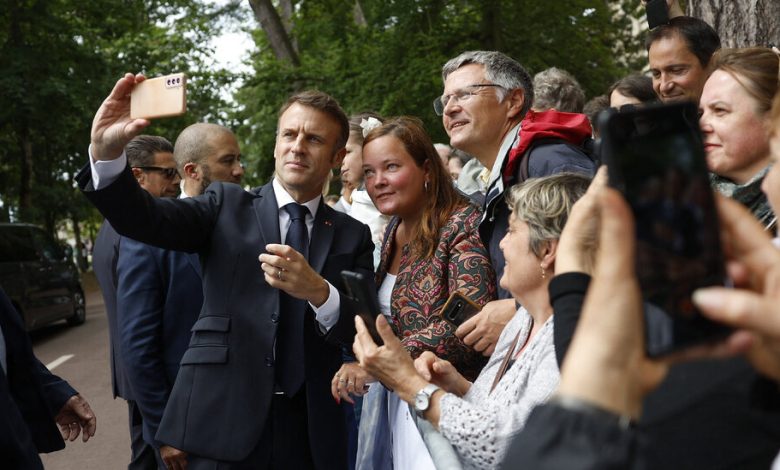France Is Not Used to Coalition Governments. Does It Have a Choice?

When President Emmanuel Macron defended his decision last month to call snap legislative elections, he argued repeatedly that France needed a “clarification” of its political situation.
But on Monday, after the French cast their final ballots, the situation was anything but clear.
A nationwide vote for the 577 seats in the National Assembly, the country’s more powerful house of Parliament, has not produced a working majority. Instead, it has left unanswered the questions of who might be France’s next prime minister, who might form the country’s next government, and where the country is headed.
Here’s what you need to know about what comes next.
What are the results?
Three large blocs have emerged from the elections — none big enough to govern alone, all of them possibly too antagonistic to work together. None has reached the threshold for an absolute majority, 289 seats, which would enable them to form a government that could survive no-confidence votes by their rivals.
The New Popular Front, an alliance of left-wing parties including the Greens, the Communists, the Socialists and the hard-left France Unbowed party, came in first with about 180 seats in the National Assembly. Mr. Macron and his centrist allies came in second, with about 160 lawmakers, and the far-right, anti-immigration National Rally party and its allies trailed, with about 140 lawmakers.
The country’s two-round electoral system — an early vote and a runoff — usually produces absolute majorities dominated by a single party that is aligned with the president and forms the government. So Sunday’s result was unusual.
